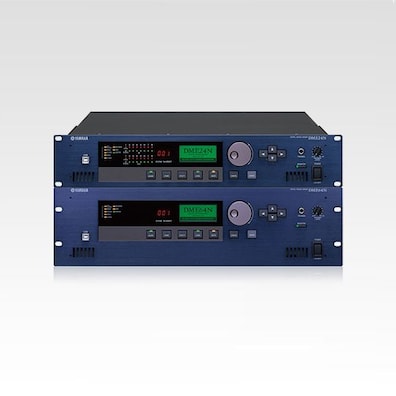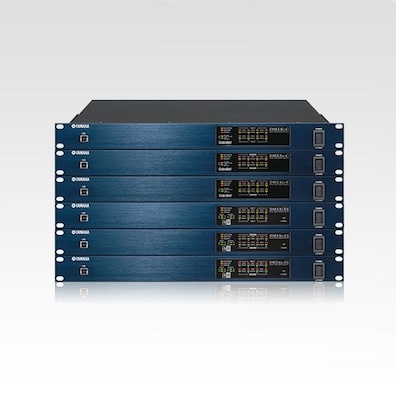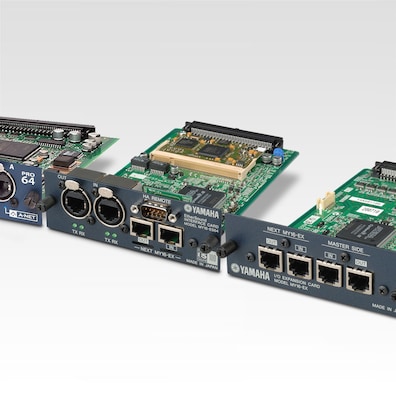Yamaha Helps Bring 600 Years of History up to Date at Warsaw’s Royal Castle

Warsaw’s Royal Castle is one of Poland’s most famous and historic buildings, its 90m long façade and three spires leaving the city’s residents in no doubt as to its importance. Nowadays a venue for major events like official visits, state meetings and concerts, the recent installation of a state-of-the-art digital audio network has seen Yamaha equipment entrusted with audio mixing and system processing duties.
Built in the 1500s as the residence of Sigismund III Vasa of Poland, the Royal Castle has a rich and turbulent history. An imposing presence by the river Vistula, the castle has been repeatedly plundered over the centuries, finally being almost completely destroyed during the Second World War.
It took nearly 50 years for the building to be completely restored and nowadays its magnificent 300 seat ballroom is the setting for events of national importance, while a 180-seat concert hall hosts lectures, conferences and live music performances. In both venues, high speech intelligibility is an essential requirement. This is complicated by the ballroom’s restored 18th-century grandeur featuring a polished wood floor, mirrored and marble surfaces and many windows.
Leading Polish acoustician Tadeusz Fidecki received a research grant from the Ministry of Science and Education for a project to improve speech intelligibility, with equipment supplier and system integrator M. Ostrowski Company tasked with providing system design and installation.
A team headed by project and design manager Michal Poplawski and Tomasz Rudzki, technician at The Fryderyk Chopin University of Music, specified a CobraNet digital system because of the long cable runs between the halls, control rooms and main system rack. CobraNet also allowed for versatile routing - multiple combination panels in each hall making patching-in simple, with two mobile equipment racks providing great flexibility.
A/D conversion for the analogue I/O is done by Yamaha DME8i-C and DME8o-C digital processors, with redundant HP switches routing signals to all locations, allowing a Yamaha LS9-16 digital mixing console to be connected in each hall or the control room, two floors above the halls. Both consoles are also fitted with MY16-CII interface cards. A Yamaha DME24N digital mixing engine, also fitted with an MY16-CII card, also features in the system. It can work in either standalone mode or with the digital network, with every DME24N input channel able to be routed to the LS9 mixing consoles. The DME24N also handles routing for a mobile 5.1 system.
Remote laptop control of the consoles is provided via a dedicated Wi-Fi network, using Yamaha Studio Manager software. Audio can be recorded via an RME Fireface 800, or with MP3 compression on a USB memory stick direct from the desks.
“The system can be configured with both local and remote processing in each hall depending on the requirements of each event - it’s exceptionally flexible,” says Michal Poplawski
“The audio team at the Royal Castle is very happy with the outcome and is satisfied that it will meet their needs for years to come.”




